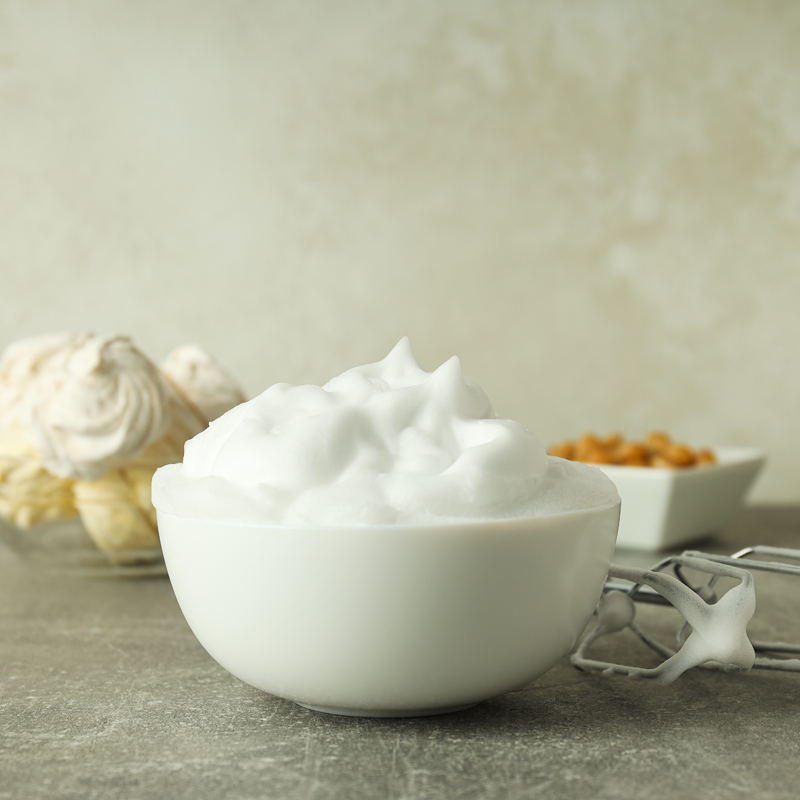
100 gr |
-- |
|
|---|---|---|
| Carbohydrate (gr) | 15.04 |
4928.47 |
| Protein (gr) | 3.59 |
1176.23 |
| Fat (gr) | 12.46 |
4083.43 |
| Fiber (gr) | 1.36 |
445.97 |
| Cholesterol (mg) | 14.64 |
4795.8 |
| Sodium (mg) | 325.27 |
106557.75 |
| Potassium (mg) | 392.16 |
128471.4 |
| Calcium (mg) | 78.15 |
25603.27 |
| Vitamin A (mg) | 46.04 |
15084.01 |
| Vitamin C (mg) | 6.16 |
2019.31 |
| Iron | 0.62 |
203.1 |
Whipped pastry cream is a key ingredient in making various homemade desserts such as roulades, birthday cakes, cream cakes, and a variety of other confections. This cream refers to sweetened dairy products with a fat content of over 30%, which are readily available as pre-made whipped cream in baking supply stores and supermarkets.
Calories in 100 grams of whipped cream are 257 calories
Creating perfectly whipped cream requires attention to detail and proper techniques. Here's a step-by-step guide to achieving the ideal consistency for your pastry needs:
Storage:
Whipped cream can be stored in the refrigerator for a few hours. Cover it with cling film to prevent it from drying out.
Application:
Use the whipped cream immediately for decorating cakes, filling pastries, or topping desserts. For intricate piping, ensure the cream is stiff enough to hold its shape.
Flavoring:
Add vanilla extract, powdered sugar, or other flavorings during the initial low-speed whipping stage for a customized taste.
Problem: Cream remains runny despite whipping.
Problem: Over-whipped cream turns grainy or butter-like.
Whipped pastry cream is an indispensable component of baking and dessert-making. With the right techniques and attention to detail, you can achieve professional-quality results at home. Whether you're creating delicate cake decorations or crafting creamy desserts, mastering this art will elevate your culinary creations.